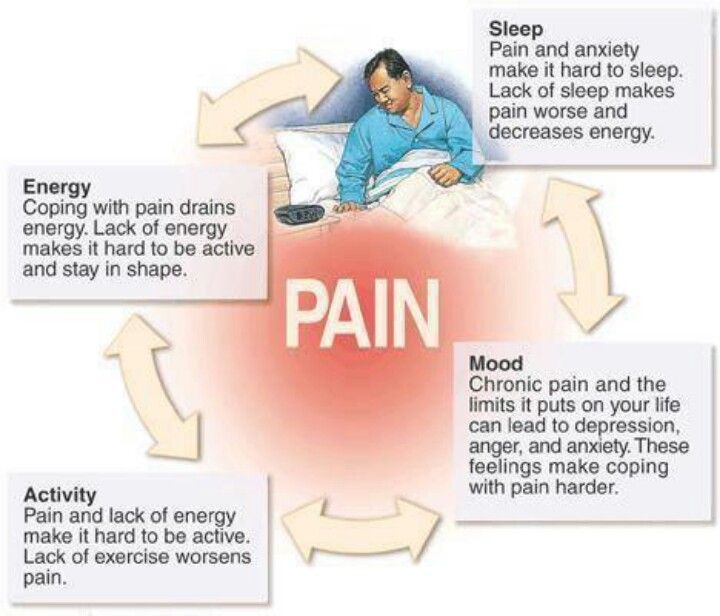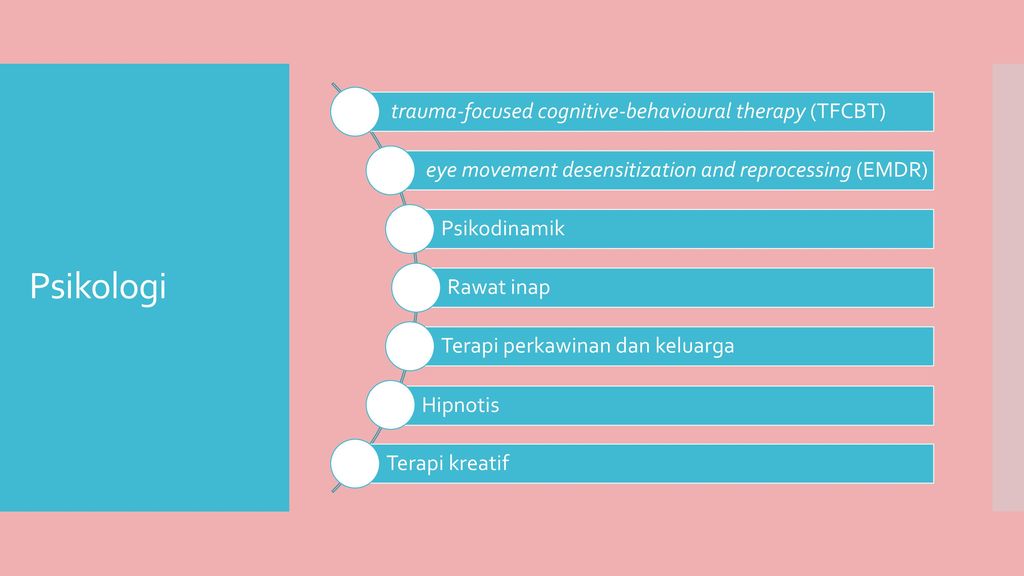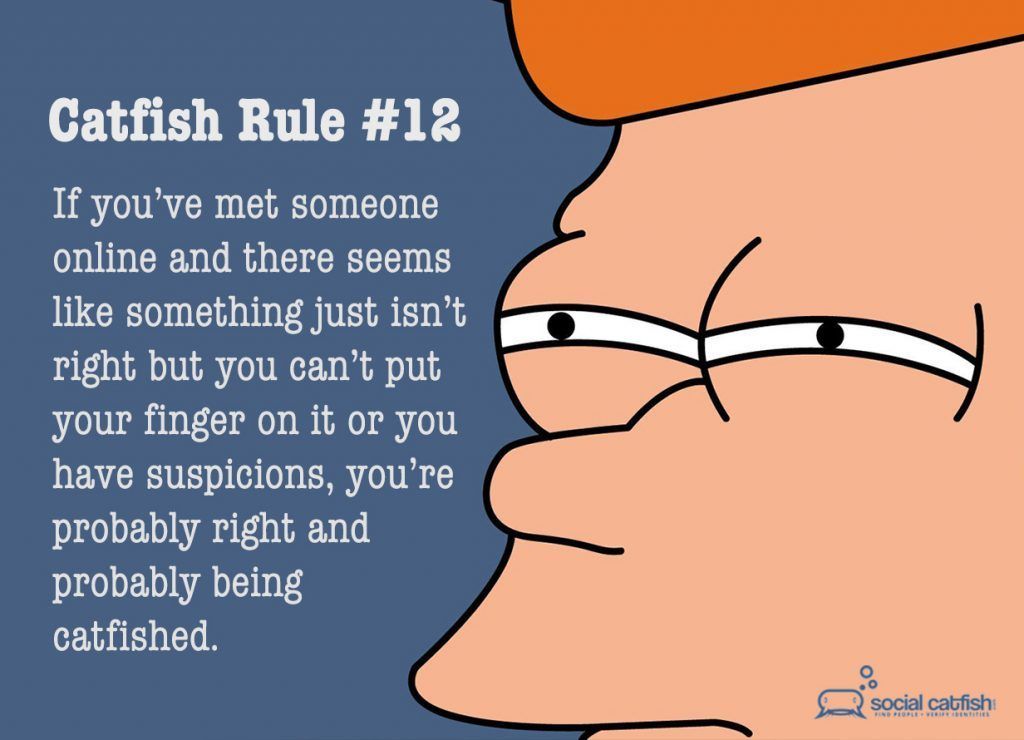How to pull yourself out of a rut
How to Get Out of a Rut: 11 Tips for Success
Ever got your car stuck in a ditch? Maybe you parked on the beach and when you tried to leave, realized you were trapped in the sand and couldn’t go backward, forward, or anywhere at all.
You realized pretty quickly spinning your wheels only mired you deeper. Frustrated and unable to move, you had to come up with a different plan.
Getting stuck emotionally can happen in a similar way. You move through life, following your routine, doing the same things each day. You don’t notice the rut coming on, just as you didn’t realize you’d get stuck in the sand.
But before you know it, life suddenly feels blah and meaningless. You don’t feel motivated. Creativity and inspiration have flown the coop. Work piles up, but you don’t know where to begin tackling it — and you can’t really bring yourself to care.
You know doing something different might help, but you lack the energy or motivation to try making a change.
Sound familiar? If so, you may have fallen into a rut. And just like with your car, spinning your wheels endlessly won’t do much to get you out. To excavate your car, you had to take some kind of action, whether it was shoveling sand or calling a tow truck.
Climbing out of a mental rut also requires action, but here’s the good news: You don’t need to wait for someone else to pull you out — unless you want some extra help.
So, you’re stuck in a rut. It’s OK. This is pretty common, and it won’t last forever.
But denial can keep you from making helpful changes. If you brush off your ennui by telling yourself, “I’m just worn out” or “I’ll feel more like myself tomorrow,” you’ll just continue spinning through the same cycle, prolonging your dissatisfaction and distress.
To begin remedying the situation, acknowledge the rut instead. And don’t forget to have compassion for yourself — blaming yourself won’t help you feel any better. So let go of self-judgment and focus your energy on moving up and out.
If you’re stuck in a slump, examining why can help you start pulling yourself up.
A little self-exploration sometimes yields answers right away. Perhaps your relationship hasn’t progressed as you intended or your job feels like a dead end. Or maybe a number of minor stresses have compounded to leave you emotionally depleted.
Ruts can have varied, complex causes, though, so tracing yours to the source may prove a little challenging. Maybe it’s related to a temporary situation beyond your control, or something that requires a bit more soul searching than you’re prepared for.
Going deeper
Asking yourself these questions can help:
- What parts of life bring me joy?
- What makes me unhappy or stressed?
- Am I doing things because I want to or because I think I should?
- Do my relationships provide meaning and fulfillment?
- Am I only sticking with my job/relationship/project because I don’t want to waste the time and effort I’ve invested?
Working toward specific goals can motivate you and give you a sense of purpose. Even if a goal lies a little outside your current reach, there’s nothing wrong with that. Life allows plenty of room to grow, and you can often achieve those goals with some work.
Even if a goal lies a little outside your current reach, there’s nothing wrong with that. Life allows plenty of room to grow, and you can often achieve those goals with some work.
When most of your goals are unattainable from where you are right now, however, you might continue failing to achieve them and end up frustrated with yourself.
Instead of beating yourself up for not achieving things, ask yourself whether your goals align with what you can realistically achieve. If your (honest) answer is “no,” take your goal down just a notch and see if you have more success.
There’s nothing wrong with scaling back, and it doesn’t mean you have to abandon your loftier goals altogether.
Once you realize you’re stuck in a rut, you might feel tempted to completely restructure the situation by making a lot of large changes.
It sounds great in theory, but overhauling everything at once often doesn’t go as planned. Trying to change several habits or behaviors at the same time can quickly get overwhelming and make it difficult to stick with any of the changes.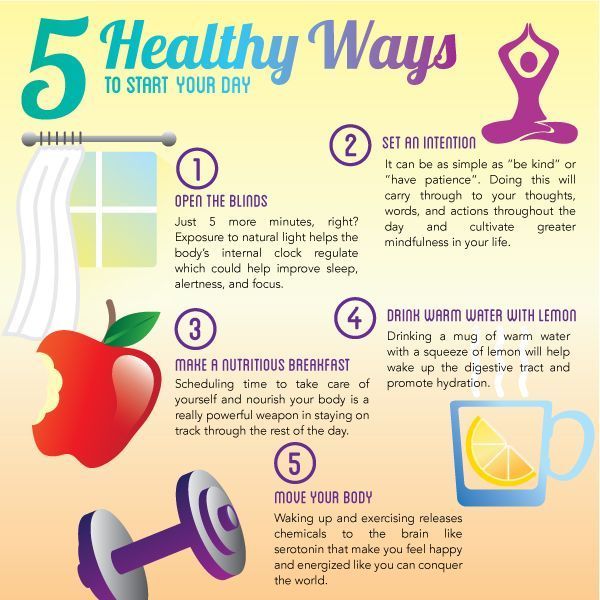
Working on one or two smaller, manageable changes can make the process of change easier. Limiting the changes you make can also help you recognize when something isn’t working out, which makes it easier to know when to move on and try something else.
Pro tip
If you know what’s causing the rut, focus your first changes there.
If your struggles relate to work, for example, think about any changes you can make, whether it’s switching departments or asking for help around how to have a difficult (but necessary) conversation with a co-worker.
If you’re having a hard time identifying what got you into the rut, or just feel totally unmotivated to get out of it, do a quick check-in to make sure you’re looking after your well-being.
Good self-care practices help refresh your mind and body. They can also boost energy and motivation, leaving you feeling more capable of reworking your routine in other ways.
You don’t need to overhaul your lifestyle, but try to carve out time for some of the following:
- mindless relaxation
- breaks from difficult projects
- time off when you feel burnt out
- regular exercise
- time with loved ones
- regular, balanced meals
- plenty of quality sleep
A routine can feel familiar and comforting, and it’s not bad to have one.
Without variety, though, life can get a bit boring. You keep doing the same things each day because you’ve grown accustomed to them, but suddenly you start to feel worn down and bored.
Left to its own devices, a part of your brain — specifically, the dorsolateral prefrontal cortex — will try to work through problems by applying patterns or rules you’ve learned from your previous experiences.
When you face a new kind of challenge, these strategies may not work as well as they did before. This leaves you without a solution (and in a rut).
Fortunately, you can reset this part of your brain by simply unfocusing yourself. It might feel counterintuitive to deliberately throw focus to the wind, but doing so may boost your creative problem-solving skills and help you pick up new patterns and routines.
How to unwind
To unfocus your brain, try:
- letting your mind wander
- taking a long walk
- sitting quietly in nature
- doodling on a blank page
- taking a power nap
The key is to truly zone out without much external stimuli.
Impulsivity gets a bad reputation. Sure, some impulsive actions carry risks. But plenty of them are perfectly safe and beneficial.
Making snap decisions can increase your confidence and provide a chance to explore new options that add inspiration and variety to life. Even something as simple as walking the long way home can introduce you to things you’ve never seen before.
Approaching problems from an angle you’ve never considered before can also give you new insight that can help you climb out of the rut.
Take the reigns
Some healthy, impulsive actions to embrace:
- Say “yes” to that date.
- Sign up for that weekend training opportunity.
- Visit that city you’ve always dreamed of seeing.
- Volunteer to lead the team project.
- Explore a new part of your neighborhood.
Whatever problems you face, realistic thinking can help you find effective methods of solving them.
It’s understandable to want to pin the blame for the rut on outside sources, but most of the time, you can’t change anything except yourself.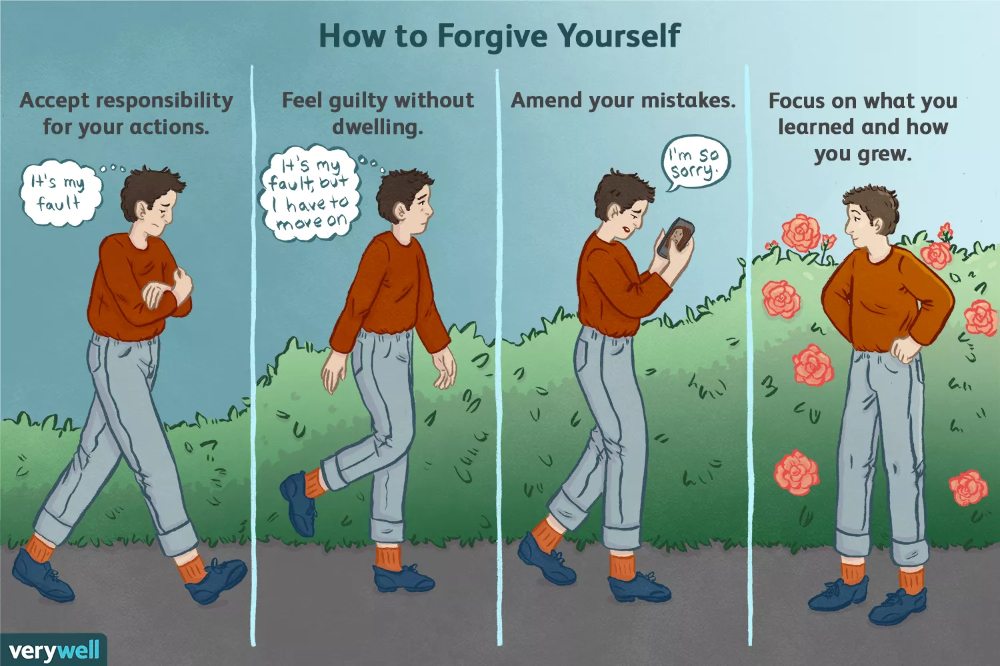
Ruminating on things you can’t control typically doesn’t help. Neither does crossing your fingers, hoping for the best, or sitting back and waiting for things to magically improve.
Instead, consider things from a realistic perspective. Ignore the external factors and consider which of your actions (or lack of actions) contributed.
Those are the things you want to address and focus your energy on.
Perfection might be a health goal for some folks, but for most people, it just leads to self-sabotage.
When you have high standards, you probably spend a long time making sure your work always meets them. Even when you do a great job, you might believe it’s just not good enough and keep working at it.
A strong work ethic is an admirable trait. But it’s also important to recognize that making mistakes is a normal, important part of growth.
Trying to avoid a single mistake can often prevent you from getting things done. Plus, it can lead to feelings of anxiety and depression when you don’t succeed at total perfection.
Focus instead on putting in your best effort and seeing projects through to completion, even if it’s not the ideal endpoint you envisioned. Once you finish something, move on.
Sometimes a rut is just a rut — a temporary state that you can work to improve. It can also indicate something more serious, though.
Living with persistent depressive disorder, or dysthymia, can feel like being trapped in a rut you can’t escape. Dysthymia often goes unrecognized because it’s typically less severe than depression, though it has similar symptoms.
These include:
- low energy or mild fatigue
- less interest in daily activities
- anhedonia, or difficulty finding pleasure in life
- loss of motivation or productivity
- feelings of inadequacy or low self-esteem
These symptoms can affect your daily life, but they usually remain fairly mild. You may not even realize they are symptoms because you’re still able to keep up with your usual routines.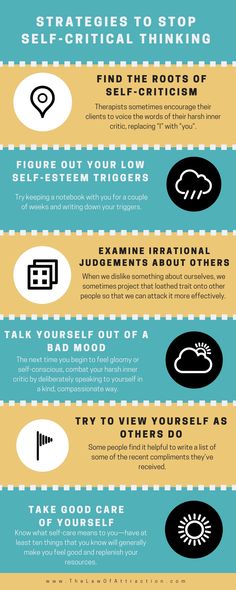
But life doesn’t have to feel distant or muted. If you just can’t seem to shake the feeling that you’re stuck in a rut, you have options for support, which brings us to our last tip.
Therapy is a great way to get a little extra support when you’re feeling stuck, whether you have any mental health symptoms or not.
For many people, therapy simply serves as a safe space to explore past choices and options for the future.
A therapist can offer compassionate, judgment-free guidance and support as you work to:
- examine areas of your life that don’t entirely satisfy you
- identify existing strategies or habits that aren’t working out
- explore positive ways to make changes
Our guide to affordable therapy can help you get started.
Crystal Raypole has previously worked as a writer and editor for GoodTherapy. Her fields of interest include Asian languages and literature, Japanese translation, cooking, natural sciences, sex positivity, and mental health. In particular, she’s committed to helping decrease stigma around mental health issues.
In particular, she’s committed to helping decrease stigma around mental health issues.
How to get out of a rut: 6 easy steps
Ready to take the initiative & join our newsletter?
Sign Up Now
Mind & Meaning
Identifying and overcoming the beliefs and habits that hold you back Posted by:
Team TonyHave you ever been stuck in the snow or mud? You dig and dig. You attempt everything you can, but you keep spinning your wheels. That’s how it feels to be stuck in a rut. But it isn’t hopeless. There are specific actions you can take that will retrain your brain, change your mindset and empower you to go after your goals harder than ever before. Once you learn how to get out of a rut, you’ll be unstoppable.
Signs you’re stuck in a rutThe biggest sign you’re stuck in a rut is that it feels like your life is on a negative loop. You end each day feeling tired and rundown – or even start the day that way. Nothing excites you or challenges you. You can’t even remember the last time you felt pure joy. These are all telltale signs you need to figure out how to get out of a rut in life.
You end each day feeling tired and rundown – or even start the day that way. Nothing excites you or challenges you. You can’t even remember the last time you felt pure joy. These are all telltale signs you need to figure out how to get out of a rut in life.
Oftentimes, you know what you need to do in order to be happier and more fulfilled, but you just don’t have the energy. You may know that you need to exercise in order to have energy. But you just don’t have the energy to exercise. The truth is that you adopt positive habits that will give you energy, instead of waiting for energy to appear.
You’re not excited for the dayWhen you’re in an emotional rut, you’re feeling down, but you can’t seem to get up off the couch and take action. You hit snooze 10 times before you finally roll out of bed. You feel you have nothing to look forward to. You must interrupt these damaging patterns before they steal your dreams.
You stay in your comfort zoneThis is a more subtle way to be stuck in a rut.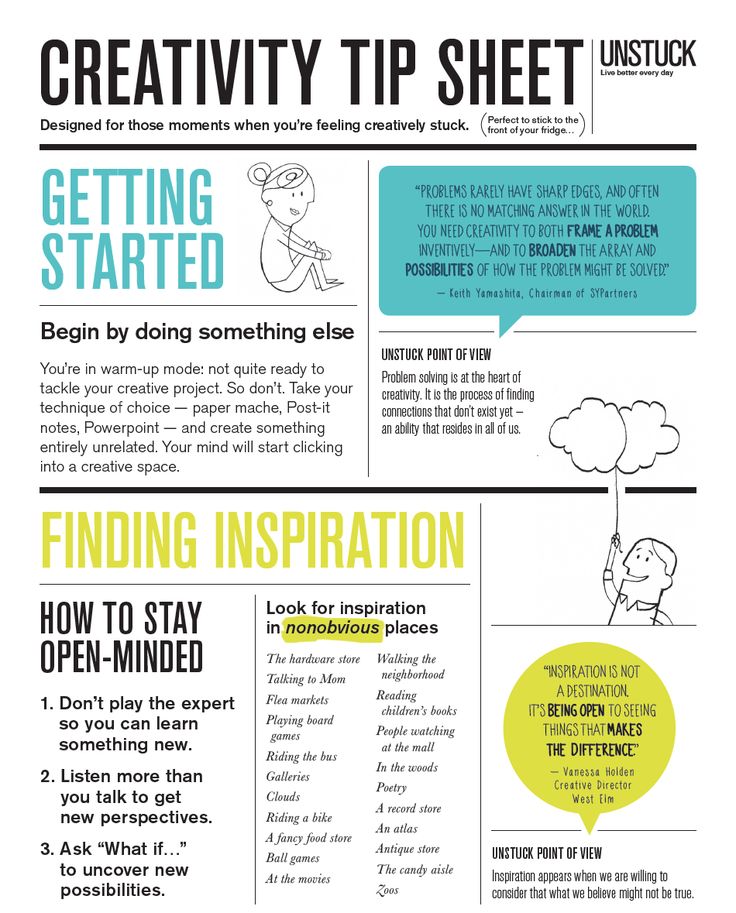 You may not feel bad outright, but have a sense that you’re not living up to your full potential. Personal growth is essential to living a fulfilled life – if you’re not growing, you’re dying.
You may not feel bad outright, but have a sense that you’re not living up to your full potential. Personal growth is essential to living a fulfilled life – if you’re not growing, you’re dying.
This is common when you’re in a financial rut: You spend all your time working, but you’re making just enough to get by, not get ahead. You can’t seem to land your dream job or scale your business. It’s time to set new goals and discover how to get out of a rut and get ahead.
Identifying why you’re stuck in a rutThere are many ways that we can get stuck in a rut, but there is only one cause: humans are wired to avoid pain and seek pleasure. This fulfills one of the most powerful of our Six Human Needs: certainty. While you may not feel at your best in your current state, you do feel comfortable. You know what to expect. You know that getting out of a rut is going to involve effort – and maybe even pain and failure.
This fear of failure comes in many forms. If you’re stuck in a rut in your career, it’s time to take a chance on a new job or even start your own business. In relationships, we settle for less than we deserve when we prioritize certainty over passion and intimacy or keep everyone at a distance because we believe we can only be certain in ourselves.
To identify why you’re stuck in a rut with life, think about how your decisions fulfill your need for certainty – and how you can turn this human need into a positive rather than a negative.
How to get out of a rut in life
Being stuck in a rut isn’t a physical state or the result of your circumstances. It’s a state of mind, and it can be overcome. Creating new habits and training your brain to make new connections are key to getting out of a rut.
1. Get out of denial
People who are stuck in a rut often make excuses about why they can’t do this or don’t have time for that. But the most successful people in the world take total responsibility for their own lives.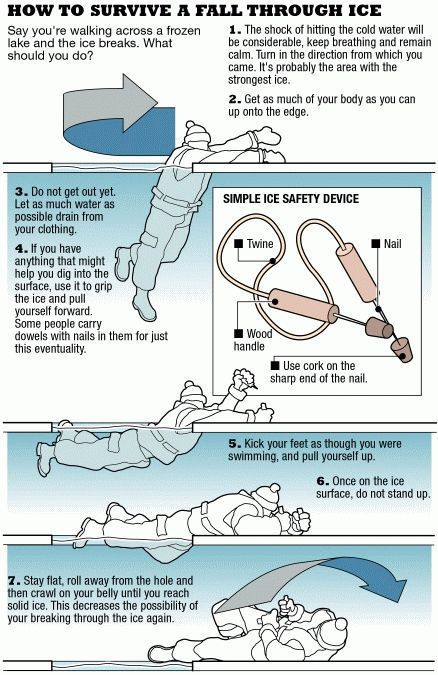 Stop blaming others for the way you feel and behave. Realize that your life is a result of your decisions alone. As Tony says, “Using the power of decision gives you the capacity to get past any excuse to change any and every part of your life in an instant.”
Stop blaming others for the way you feel and behave. Realize that your life is a result of your decisions alone. As Tony says, “Using the power of decision gives you the capacity to get past any excuse to change any and every part of your life in an instant.”
2. Uncover the real reason
Discovering how to get out of a rut in life involves looking inward, not outward. You must identify your limiting beliefs, the stories we tell ourselves about who we are and hold us back from becoming what we could be. Next time you want to make an excuse, recognize that it’s your limiting beliefs talking – and turn them into empowering beliefs instead.
3. Turn shoulds into musts
What will you regret more in your life: wasting it with inaction and indecision, or getting out there and taking a chance? When you’re old and gray, looking back on your life, would you rather be saying “I should have done this” or “I lived life to the fullest”? If you’re stuck in a rut with life, reframe your choices as “must do,” not “should do. ” An extraordinary life is waiting, if only you would live it.
” An extraordinary life is waiting, if only you would live it.
4. Create healthy habits
The endless loop of being stuck in a rut is often caused by lack of energy. You know you need to make changes, but you don’t have the drive. To get the energy you need, you must create healthy habits. Improve your diet. Find a form of exercise you enjoy. Get outside. Practice gratitude. Start small and work your way up until you’re living a healthy lifestyle that will fuel your brain and body, and propel you toward your goals.
5. Take on a challenge
The human brain is incredibly complex – but it can be mastered. One part of your brain that’s involved in decision-making, called the dorsolateral prefrontal cortex, is responsible for applying past experiences to current decisions. Your brain solves problems using neural pathways that have previously worked. Creating new pathways can help your brain learn how to get out of a rut. To do this, take on a challenge. Don’t give up until you’ve learned a new skill or done something completely out of your comfort zone.
6. Get support
Getting out of a rut isn’t always easy. The human brain gets stuck in its ways. It can be difficult to hold ourselves accountable. Friends and family are often supportive, but they don’t always provide the push we need when we’re stuck in a rut. Getting a coach or attending an event like Unleash the Power Within could be just what you need to get back on track.
Team Tony
Team Tony cultivates, curates and shares Tony Robbins’ stories and core principles, to help others achieve an extraordinary life.
featured collections
related posts
close
Join Our Newsletter!
By entering your information on the Tony Robbins website, you agree that we may collect and use your personal information for marketing, and for other purposes, as set forth in our Privacy Policy, which we encourage you to review.
This website uses cookies to personalize your experience and target advertising. . By continuing to use our website, you accept the terms of our updated policies
. By continuing to use our website, you accept the terms of our updated policies
Seven Ways to Get Your Car Out of the Mud
Swinging
If the car is slipping in a small hole it has made, it's worth trying to roll out this depression by moving back and forth. The end points of the movement should be strengthened with branches and stones.
Jack
If it is impossible to get out of the mud captivity, you can use the jack. Having raised the body from the side of the drive wheels, simply fill the holes under the drive wheels with stones, boards and other hard objects that are at hand. Remember that the jack should be installed on a hard surface, for which you should use boards or bricks.
Shovel
With the help of a shovel, without which, as you know, not a single serious jeep goes off-road, you can clear the road in front of the driving wheels or, alternatively, form a new one. There would be time and desire to dig.
Increasing traction
If you have put your car on your belly in a mud rut or buried in sand, you should increase the grip of the drive wheels with the road surface. Stones, branches, cardboard boxes and any garbage that can be found nearby are suitable for this.
Stones, branches, cardboard boxes and any garbage that can be found nearby are suitable for this.
If this is in short supply, use car mats. We throw them under the drive wheels and, smoothly adding gas, we leave the mud trap. If you often practice country trips, then it makes sense to also keep the so-called trucks in the trunk - plastic tracks that look like caterpillars - a very, very effective basis for freeing your car from the mud.
Lowering the tires
Lowering the tire pressure to about 1 bar is a very effective way to deal with difficult terrain. Remember to inflate all four tires regardless of your vehicle's drivetrain.
After this procedure, the rubber contact patch will increase significantly, and the number of lugs that interact with the coating will increase. The driven wheels, in turn, will fail less, which will reduce the resistance to movement. It is clear that to use this method, you should carry a pump with you in the car.
Grousers
Experienced backcountry drivers carry special snow chains with them for added traction. However, in the absence of chains, you can find a replacement for them.
However, in the absence of chains, you can find a replacement for them.
Alternatively, you can tie lengths of cable or thick ropes (climbing ropes are best) across the tire, passing them between the spokes of the rim. Another useful device for such a scenario is special plastic ties - special strong clamps with lugs, which should also be kept ready when leaving for a country road.
Sling and tree
If there is a big tree growing in the immediate vicinity, you are in luck. Again, a towing cable, a strong rope or a sling will come to the rescue. We attach one end of the rope to a tree, wrap the other end around the drive wheel (working option if your car is front- or all-wheel drive) and smoothly press on the gas. The sling will begin to wind around the wheel, and the car will start to move.
There is also an alternative - we wrap the tow rope around the trunk (as an option, around a thick log or scrap driven into the ground), and fasten both ends of the rope to the car's towing loop.
Then take a shovel shaft or pry bar, insert it between the cable bands and start twisting them with this lever. The length of the cable will be reduced, this force should be enough for the car left in neutral to move. Remember, however, about security measures! It is very dangerous to let go of your lever with lines wrapped around it.
5 ways to get out of your comfort zone
Natalia Shirokova
Each of us knows well what needs to be done to make things go better, so that we succeed and be proud of ourselves. But we don't do that. A cozy life is too addictive and turns into a long straight line, where every day is similar to the previous one.
The longer we live in comfort, avoiding difficulties, the less likely we are to move forward. But when we take risks, our efficiency and ingenuity increase, we have more strength, happiness and success. We become capable of such accomplishments that we never dreamed of before.
To escape from the clutches of routine, it is not necessary to drop everything and turn life upside down. It is enough to add a little "inconvenient". Here are some ways to do it.
It is enough to add a little "inconvenient". Here are some ways to do it.
Work with “outsiders”
In our pursuit of effective collaboration, we often surround ourselves with like-minded people—people who think like us and strive for the same goals. They are comfortable to work with, but studies show that such teams do not make the best decisions. Interested in maintaining friendly relations, partners agree with each other, do not express doubts and forgive all mistakes.
Things turn out quite differently when at least one “stranger” appears in the team - a person who can challenge your opinion. Collaboration becomes uncomfortable, participants become more collected and tense. And they do their jobs much better.
Do not shy away from intense cooperation - invite to the team those whose views and goals differ from yours.
Whoever wants to beat you can shake up the whole team. — Source
Do what you fear
You can make getting out of your comfort zone a habit.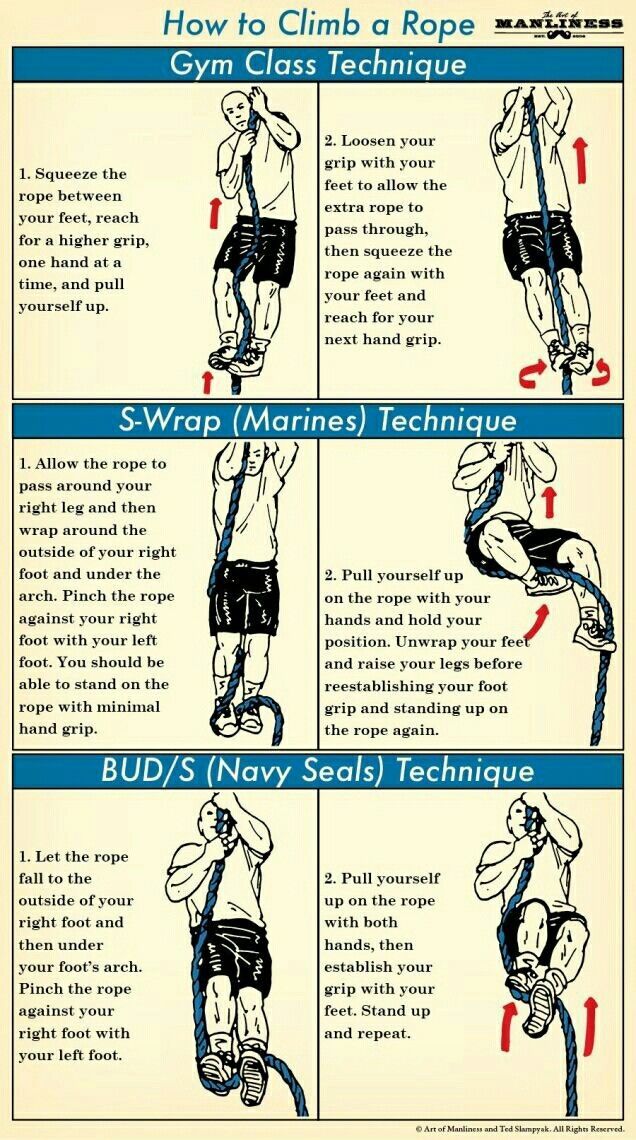 To do this, you need to create a special trigger - a "bell", which will show you that it's time to step aside. Make it such a trigger thought: "I would like to do ____, but I'm afraid / too nervous / not sure if I can do it."
To do this, you need to create a special trigger - a "bell", which will show you that it's time to step aside. Make it such a trigger thought: "I would like to do ____, but I'm afraid / too nervous / not sure if I can do it."
Every time you feel anxious and unsure about an action, say to yourself, "That's it, I'll do it now." And do it.
For this method to work, you need to be as honest with yourself as possible. Many are able to convince themselves that there is really no fear in them, they are just too busy or not very interested, and thus free themselves from the need to act. Don't cheat. Do what you don't want to do and be proud of yourself.
Set big goals
Small and easily attainable goals don't give you energy. They only dig us deeper into the daily routine. For a goal to really get you out of your comfort zone, it has to be big, exciting, and yet achievable.
The right goal makes one internally squeal with joy and fear at the same time.
The goal should frighten, unsettle. You should really want to talk about it, but it's scary, because then you have to do something.
Feel like a child who falls asleep with a blissful smile, looking at a shiny new bike by the bed: he was allowed to leave this wonderful gift in the room, because he cannot part with it even for a minute. This should be your goal.
Come up with a phrase that summarizes your desires: a short and clear sentence that the mind perceives easily and with pleasure.
Here are examples of good and bad goals.
No: I will try to acquire new clients in the next few months.
Yes: By the sixteenth day of next month, I will have ten new clients, and this will increase my income by such and such an amount.
No. I will no longer allow colleagues to take advantage of me.
Yes: Colleagues respect me and appreciate my own goals and aspirations.
Don't avoid conflict
We often see conflict as a threat to ourselves and our business. We try to minimize losses, either by avoiding conflict, or by controlling and smoothing it out.
In fact, conflict is a powerful energy. If you direct it in a creative direction, you can get wonderful results, change your personal and professional relationships and the culture of the environment in which you work.
Instead of avoiding conflict, start a "compassion cycle". First, be open: tell your opponent about your goals, thoughts and feelings, and ask about what he thinks. Then connect resourcefulness: find options that will suit both parties. Finally, use persistence to bring your action plan to life. Just remember to keep an open mind to know if your opponents are ready to move on.
Compassion Cycle from Conflict is a Gift. In it you will find more information on how to use the energy of conflict.
Complete a tough challenge
Sometimes you need an external stimulus to get out of your comfort zone.



